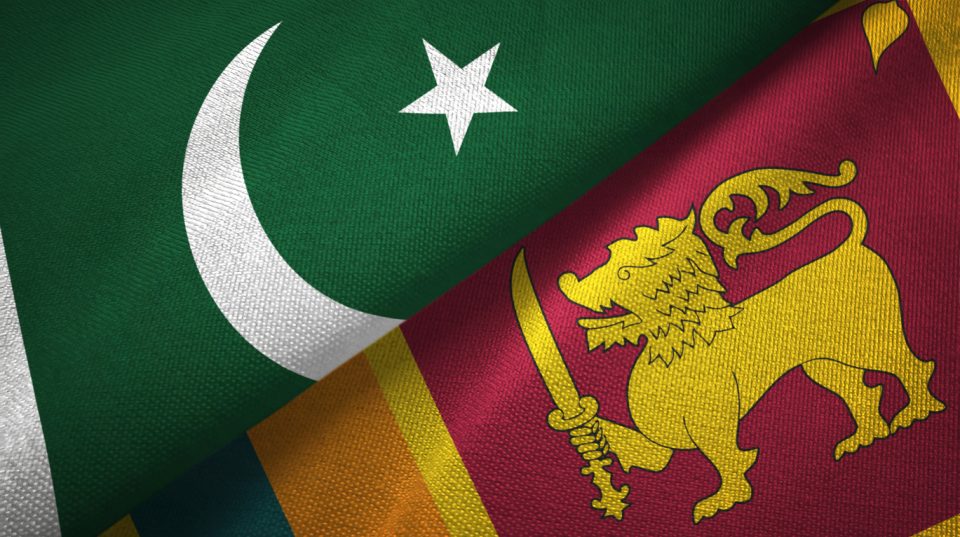
Trouble boils over for two of India's neighbours
India’s neighbours in the north-west and south are facing instability; while in Sri Lanka it is mainly economic unrest, in Pakistan it is political instability

India’s neighbourhood is in turmoil. While Sri Lanka in the south is beset with economic unrest, on the north-west border, Pakistan is battling political instability. In Sri Lanka, it’s the island’s citizens who are driving protests against what has been termed as “the worst economic crisis since independence from the British in 1948”, in Pakistan the political echleons are playing a game of one-upmanship.
India, which has always shared a rather tense relationship with both Pakistan and Sri Lanka, is yet to officially comment on either crisis. For Sri Lanka, it extended a $1 billion line of credit and allowed over a dozen Tamil-speaking nationals to enter India. On Pakistan, New Delhi has maintained a studied silence, along with the rest of the world.
Lanka in troubled waters
The unprecedented economic crisis has brought people out on the roads against the Gotabaya Rajapaksa government in Sri Lanka. The lack of foreign reserves needed to pay for the import of fuel is the main reason behind the economic disarray which is a result of fiscal mismanagement coupled with COVID’s impact on Lanka’s main source of foreign currency, tourism.
There are long queues for fuel and cooking gas and power cuts last many hours. The Lankan government has imposed curfew to contain the angry demonstrations and restricted access to social media, but to no avail. The police had to fire tear gas and water cannons at nearly 2,000 protesters who defied curfew orders and tried to storm Prime Minister Mahinda Rajapaksa’s residence in Tangalle, demanding his resignation.
On the political front, the mass resignation of cabinet ministers too failed to assuage the people with many terming it as just ‘melodrama’. The Opposition rejected the President’s invitation to form a unity government even as President Gotabaya Rajapaksa appointed four ministers to run the government. In another step reflecting the panic in the ruling party, the President replaced his brother Basil Rajapaksa and named Ali Sabry, earlier the Minister of Justice, as the new Finance Minister.
As of now, there seems to be no light at the end of the tunnel in the Emerald Island unless a largescale bail-out is offered by international organisations. But such bailouts come at a price, as is well known.
Imran Khan’s googly
Pakistan though is not going through anything unprecedented. The Imran Khan government, like all earlier elected governments in the country’s history, has failed to complete its term. The difference this time is that the army till now has not come out overtly to claim power. Imran Khan’s googly on Sunday caught the opposition, which was certain to win the no-confidence motion against the government, on the wrong foot. By disallowing the no-trust move and dissolving the National Assembly, Khan seems to have bought some time for himself.
The combined opposition, in which former foes Bilawal Bhutto’s PPP and Shahbaz Sharif’s PML (N) are the main partners, are mainly dependent on the Supreme Court to decide on the issue. The apex court failed to arrive at any conclusion on Monday and will continue the hearing on Tuesday. Meanwhile, pending a court decision, Khan will remain in charge till and when an interim government is formed to oversee elections.
So, while the Opposition continues to accuse Khan of playing hookey with the constitution, the acting Prime Minister has called for a protest near National Assembly against ‘foreign plot’ to overthrow his government. His clearly is preparing for fresh elections that he has advised the President to call for. As of now, Khan seems to be on the front foot. The opposition’s only hope is that the Supreme Court orders holding of the no-trust, in which case they can try to form the next government to complete the parliament’s term.

